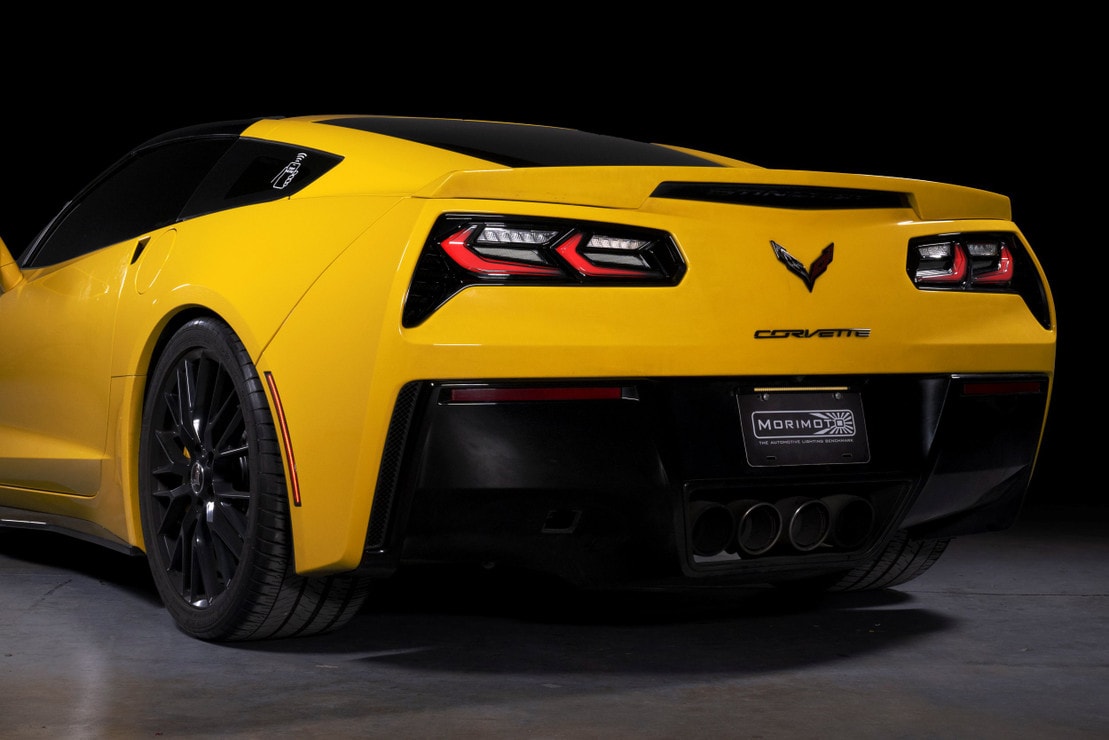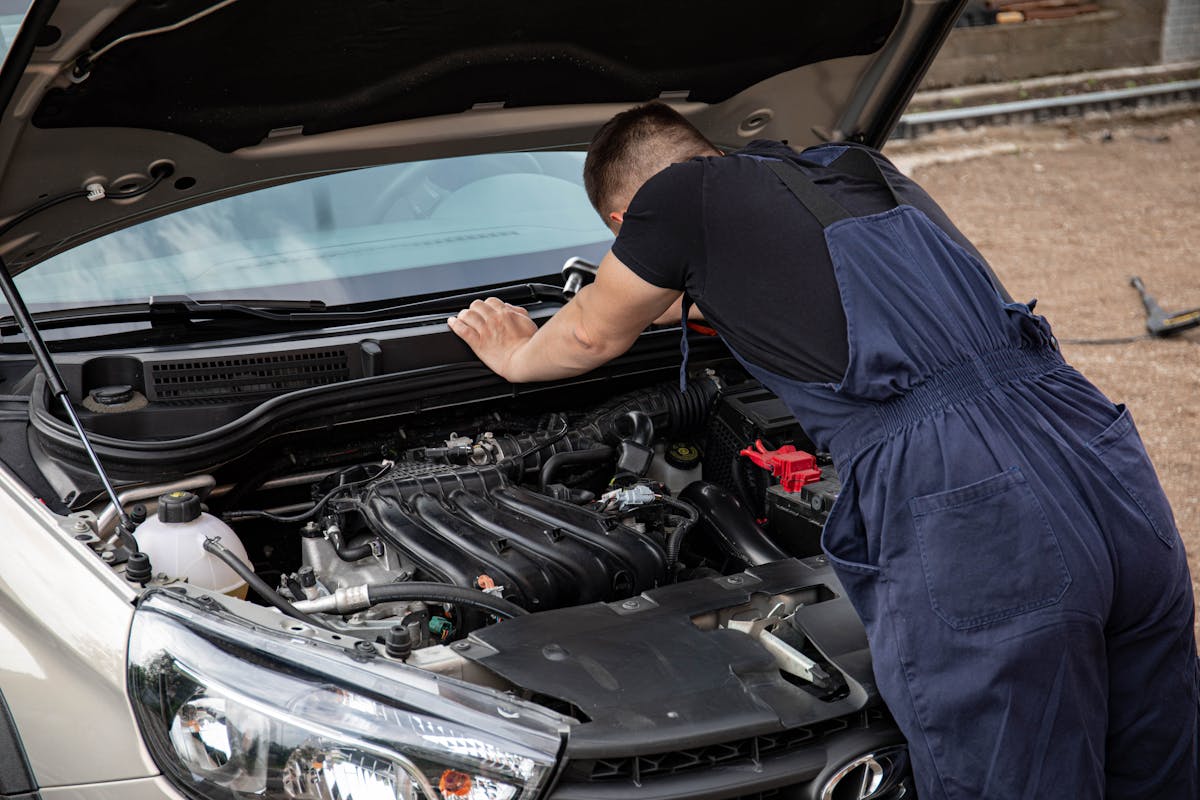The 1992 Corvette is a true classic, celebrated for its sleek design and powerful performance. However, like most cars of its era, it was built with traditional incandescent tail lights that can feel outdated in today’s world of modern LEDs. If you’re a proud owner of a 1992 Corvette and looking to upgrade your lighting system, installing LED lights with load resistors is a smart way to improve visibility, reduce energy consumption, and enhance the car’s aesthetics.
This guide will walk you through how to remove the tail lights of a 1992 Corvette, why LED load resistors are necessary, and how to install them for a seamless upgrade.
Why Upgrade to LED Tail Lights on a 1992 Corvette?
Upgrading to LED tail lights offers several benefits for Corvette owners. Here’s why it’s a worthwhile investment:
- Increased Visibility: LEDs are brighter and more visible, ensuring safety during night drives or poor weather conditions.
- Energy Efficiency: LEDs use less power than incandescent bulbs, putting less strain on your Corvette’s electrical system.
- Modern Aesthetics: LEDs give your classic Corvette a sleek, updated appearance while maintaining its iconic charm.
- Longer Lifespan: LEDs last significantly longer than traditional bulbs, reducing the frequency of replacements.
However, when upgrading to LEDs, the difference in power draw between LEDs and incandescent bulbs can cause the Corvette’s electrical system to behave abnormally, such as triggering a fast-flashing or hyper-flash issue. This is where load resistors come in.
What Is a Load Resistor and Why Do You Need It?
When you replace incandescent tail lights with LEDs, the lower current draw of LEDs can confuse the car’s electrical system, leading to problems like:
- Hyper-Flashing: The turn signals blink rapidly, indicating a fault in the system.
- Error Codes: The car’s computer might think a bulb is out because of the reduced power draw.
A load resistor solves these issues by mimicking the electrical resistance of an incandescent bulb. It balances the system and ensures the LEDs function properly without triggering any warnings or errors.
Tools and Materials Needed
Before starting, gather the following tools and materials:
- Screwdrivers (Phillips and flathead)
- Socket wrench (10mm or as needed)
- Plastic trim removal tool (optional)
- LED bulbs compatible with your 1992 Corvette tail lights
- Load resistors (usually 6 Ohm, 50-watt resistors work well)
- Electrical connectors (T-tap connectors or soldering kit)
- Electrical tape
- Heat shrink tubing (optional for a cleaner finish)
- Multimeter (optional, to check voltage)
How to Remove 1992 Corvette Tail Lights
Follow these steps to safely remove the tail lights from your 1992 Corvette:
Step 1: Open the Rear Hatch
Open the Corvette’s rear hatch to access the interior panel behind the tail lights.
Step 2: Locate the Retaining Screws
Look for the screws or bolts holding the tail light assembly in place. Typically, these can be found inside the hatch area or beneath the rear bumper.
Step 3: Remove the Screws
Using a screwdriver or socket wrench, carefully remove the retaining screws. Place the screws in a safe location to avoid losing them.
Step 4: Pry Out the Tail Light Assembly
Once the screws are removed, gently pry the tail light assembly out of its housing using a plastic trim removal tool to prevent damage to the car’s paint or trim.
Step 5: Disconnect the Wiring Harness
Unplug the wiring harness from the tail light assembly. If the connectors are tight, use a small flathead screwdriver to release the locking tabs.
Installing LED Tail Lights with Load Resistors
Once the tail light assembly is removed, follow these steps to install your LED bulbs and load resistors:
Step 1: Replace the Incandescent Bulbs
- Remove the old incandescent bulbs from the tail light assembly by twisting them counterclockwise.
- Insert the new LED bulbs into the socket and twist them clockwise to secure them in place.
Step 2: Position the Load Resistor
- Identify the positive (turn signal wire) and negative (ground) wires in the tail light wiring harness.
- Attach the load resistor across these wires. Most load resistors come with labels to indicate which wire goes where.
Step 3: Connect the Load Resistor
- Use T-tap connectors or solder the resistor wires to the tail light wires. T-tap connectors are quicker, but soldering provides a more secure connection.
- Wrap the connections with electrical tape or heat shrink tubing for insulation and durability.
Step 4: Mount the Load Resistor
- Secure the load resistor to a metal surface using screws or zip ties. Load resistors can get hot during operation, so mounting them on a metal surface helps dissipate heat.
Step 5: Test the Lights
- Reconnect the wiring harness and test the tail lights. Ensure that the LEDs illuminate correctly and that there is no hyper-flashing or error messages.
Reinstalling the Tail Light Assembly
After verifying that the LED tail lights and load resistors work properly:
- Reconnect the wiring harness to the tail light assembly.
- Place the tail light assembly back into its housing and align it properly.
- Reattach the retaining screws and tighten them securely.
- Close the rear hatch and enjoy your upgraded tail lights!
Tips for a Successful Installation
- Double-Check Connections: Ensure all wires are securely connected before reinstalling the tail lights.
- Mount Resistors Safely: Avoid mounting resistors near plastic or other heat-sensitive materials.
- Test Before Final Assembly: Always test the lights before reassembling everything to save time and effort.
Conclusion
Upgrading the 1992 Corvette’s tail lights to LEDs with load resistors is a rewarding project that enhances both the safety and style of your classic car. By following the steps outlined in this guide, you can confidently remove the tail lights, install LEDs, and address any hyper-flashing issues with load resistors.
With this upgrade, your Corvette will not only turn heads with its modernized look but also provide improved visibility on the road, ensuring you drive with style and safety.
FAQs
Why do I need load resistors for LED tail lights?
Load resistors prevent hyper-flashing and error messages caused by the lower power draw of LEDs compared to incandescent bulbs.
What type of load resistor should I use?
A 6 Ohm, 50-watt load resistor is commonly used for LED tail light installations.
Do I need to modify the wiring for load resistors?
Yes, load resistors need to be connected to the positive and ground wires of the tail light circuit.
Will this upgrade work for other Corvette models?
The process is similar for other Corvette models, but specific steps may vary based on the year and design.
Can I install LED lights without load resistors?
You can, but it may cause hyper-flashing or errors. Load resistors are recommended for a proper upgrade.









